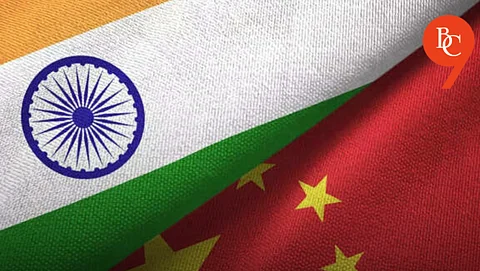

China’s ambition to rival Dutch giant ASML in advanced lithography marks a pivotal shift in global tech dynamics. ASML is the world’s sole supplier of extreme ultraviolet (EUV) lithography machines, the heart of state-of-the-art semiconductor manufacturing. Due to export controls imposed by the US and its allies, China has long been barred from acquiring these next-generation machines, curbing its access to cutting-edge chip production.
To counteract this, China is investing billions—€37 billion by recent estimates—aimed at developing its own lithography solutions. Efforts include everything from “binge-buying” older chipmaking equipment before restrictions tightened, to launching breakthrough research, such as attempts to use particle accelerators as an alternative to ASML’s EUV approach. Chinese researchers believe these homegrown innovations, while not yet matching ASML’s technological sophistication, could allow the country to produce sub-7nm chips and ensure supply chain resilience.
China is racing to become self-reliant, lowering reliance on Western and especially Taiwanese semiconductor imports. A massive financial commitment underscores the strategic priority assigned to this endeavor, directly challenging Europe’s leadership in lithography tools.
China’s latest chip breakthroughs, such as those in Huawei smartphones, have been achieved using older or modified equipment, resulting in higher costs and lower yields, and revealing the limitations of present alternatives to ASML machines.
As China pursues semiconductor sovereignty, India is quietly but steadily expanding its connections with Taiwan. Although New Delhi observes the One-China Policy and has no formal diplomatic ties with Taipei, the relationship has evolved from tentative economic links into a multidimensional partnership centered on technology, manufacturing, and strategic collaboration.
These intersecting journeys—China’s technological assertiveness and India’s deepening Taiwan ties—signal a broader realignment in Asia’s semiconductor geopolitics. Both countries seek to insulate themselves from regional shocks and supply chain disruptions, while leveraging partnerships to advance national interests.
